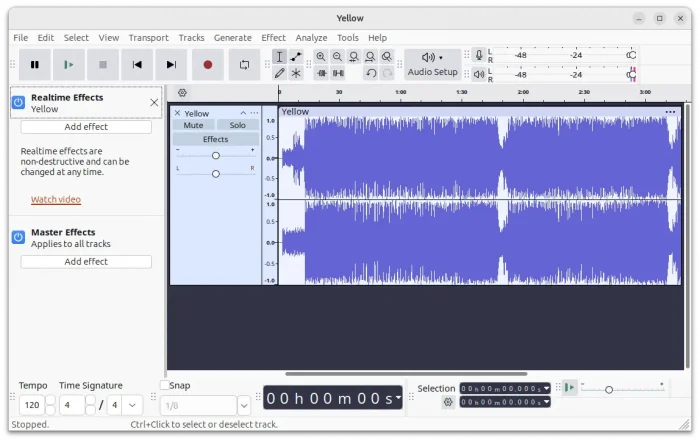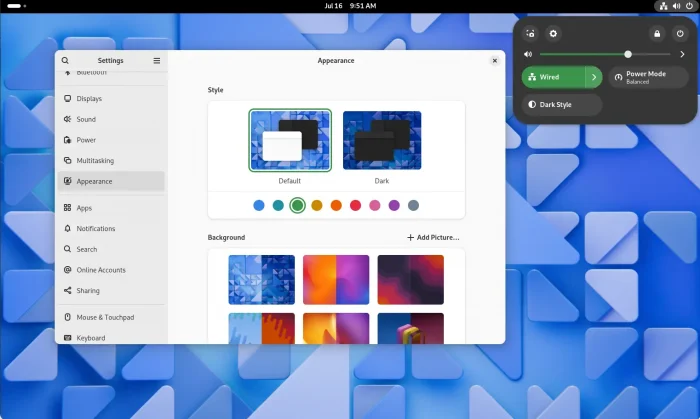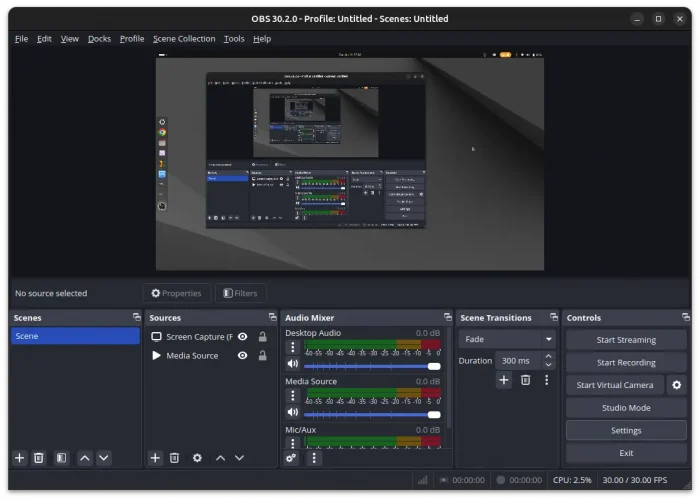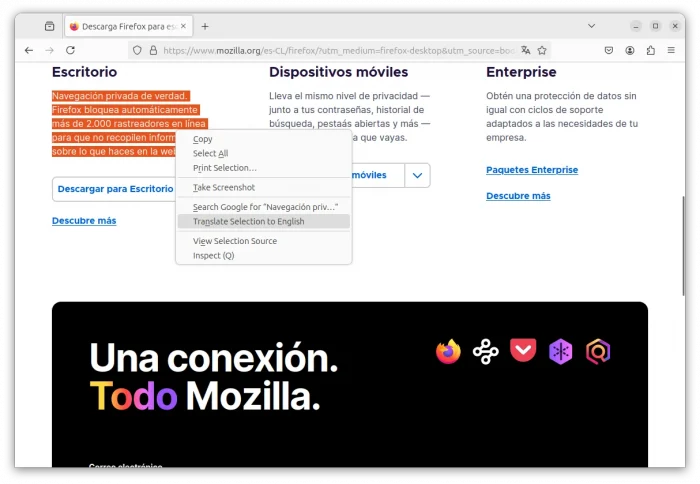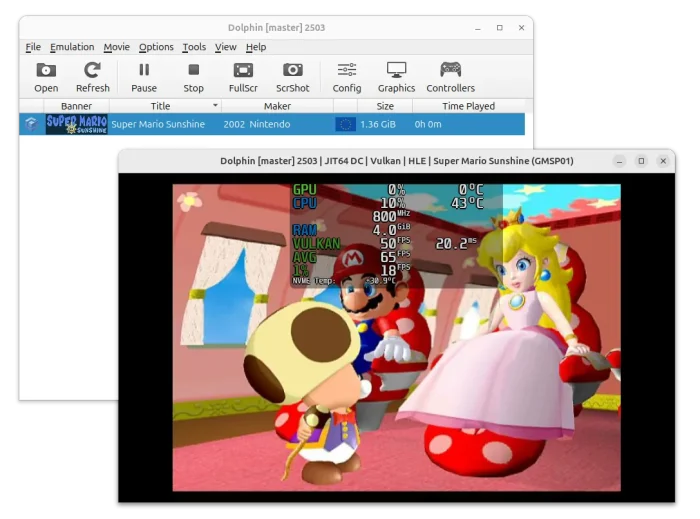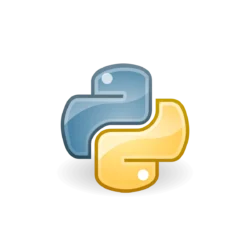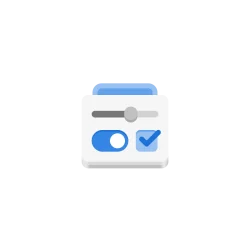Blender, the popular free open-source 3D animation software, announced new 4.2 release few days ago this Tuesday!
Blender 4.2 is a Long Term Support (LTS) release with 2 years support for critical fixes. It introduced new EEVEE render engine, which is completely rewritten from scratch.
The new engine features screen space global illumination, real displacement, better Subsurface Scattering, much more stable Dithered volumetrics result while navigating the scene, motion blur in 3D viewport, as well as:
- Virtual Shadow maps,
- unlimited BSDFs and unlimited number of lights,
- New Transparent Shadows option,
- multi-trheaded shader compilation,
- Shadow Map Raytracing and more.





